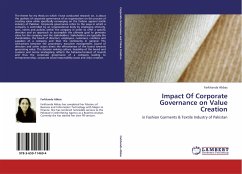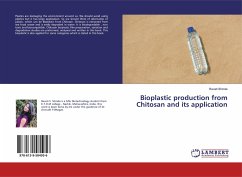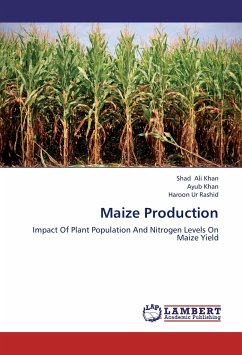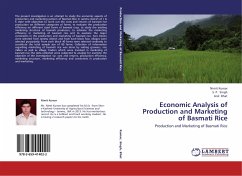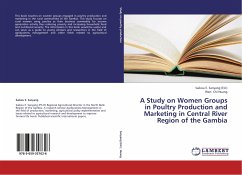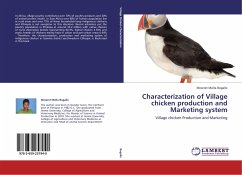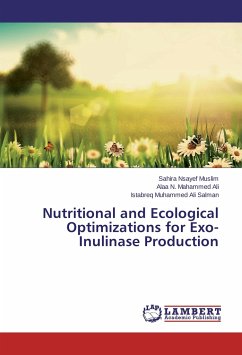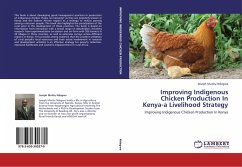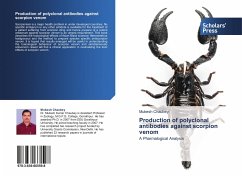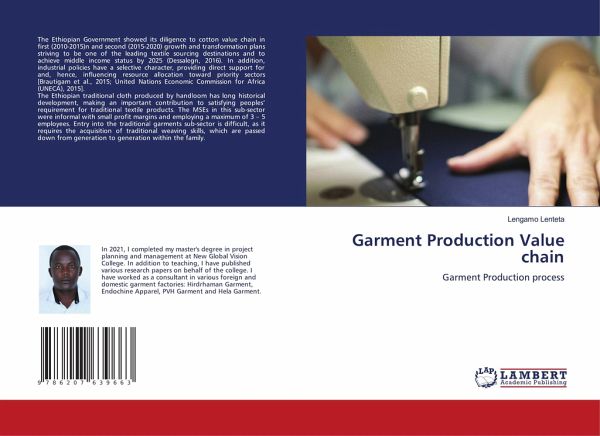
Garment Production Value chain
Garment Production process
Versandkostenfrei!
Versandfertig in 6-10 Tagen
40,99 €
inkl. MwSt.

PAYBACK Punkte
20 °P sammeln!
The Ethiopian Government showed its diligence to cotton value chain in first (2010-2015)n and second (2015-2020) growth and transformation plans striving to be one of the leading textile sourcing destinations and to achieve middle income status by 2025 (Dessalegn, 2016). In addition, industrial policies have a selective character, providing direct support for and, hence, influencing resource allocation toward priority sectors [Brautigam et al., 2015; United Nations Economic Commission for Africa (UNECA), 2015].The Ethiopian traditional cloth produced by handloom has long historical development...
The Ethiopian Government showed its diligence to cotton value chain in first (2010-2015)n and second (2015-2020) growth and transformation plans striving to be one of the leading textile sourcing destinations and to achieve middle income status by 2025 (Dessalegn, 2016). In addition, industrial policies have a selective character, providing direct support for and, hence, influencing resource allocation toward priority sectors [Brautigam et al., 2015; United Nations Economic Commission for Africa (UNECA), 2015].The Ethiopian traditional cloth produced by handloom has long historical development, making an important contribution to satisfying peoples' requirement for traditional textile products. The MSEs in this sub-sector were informal with small profit margins and employing a maximum of 3 - 5 employees. Entry into the traditional garments sub-sector is difficult, as it requires the acquisition of traditional weaving skills, which are passed down from generation to generation within the family.



